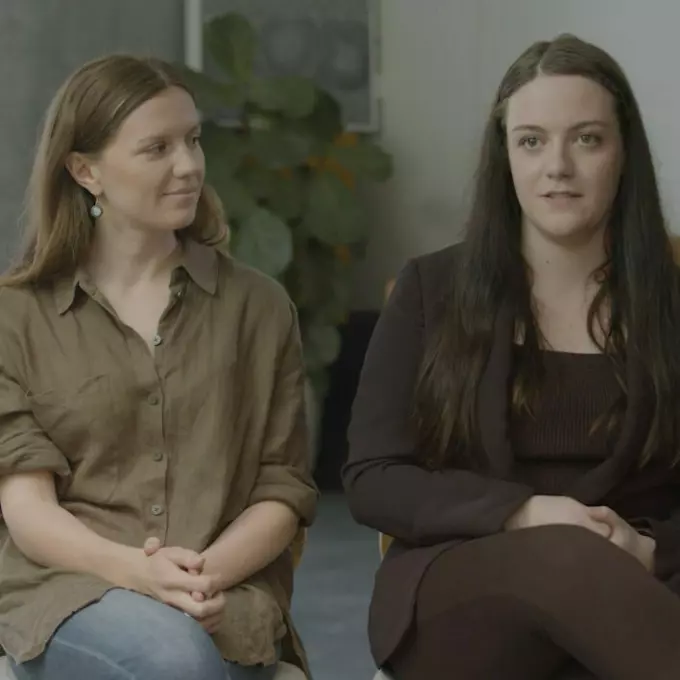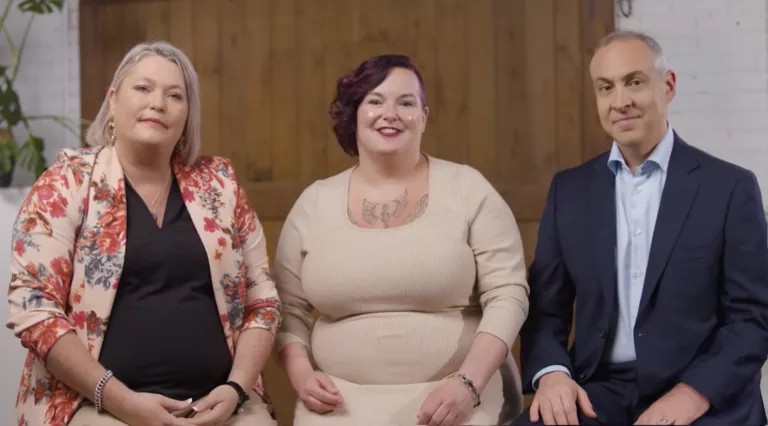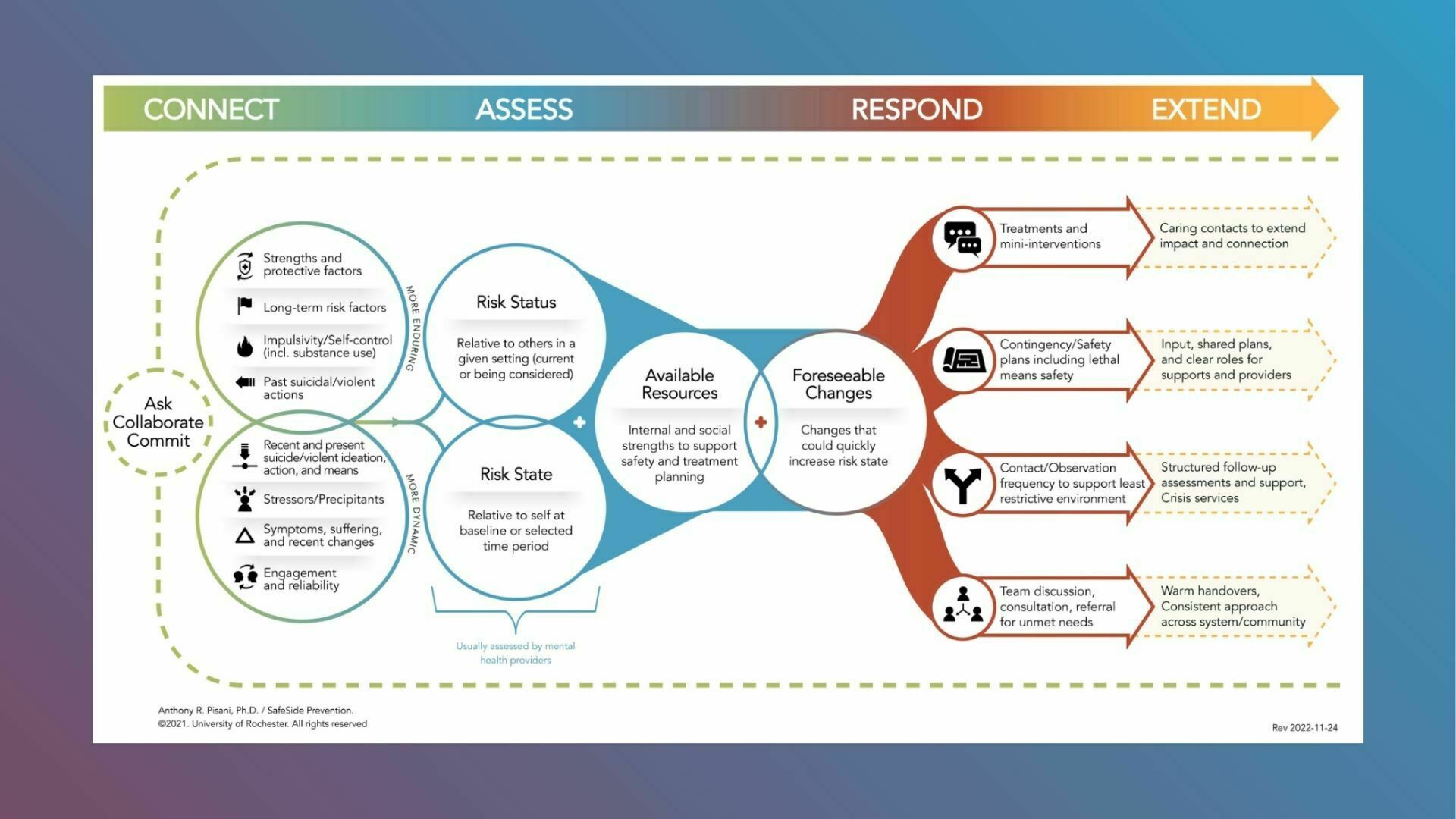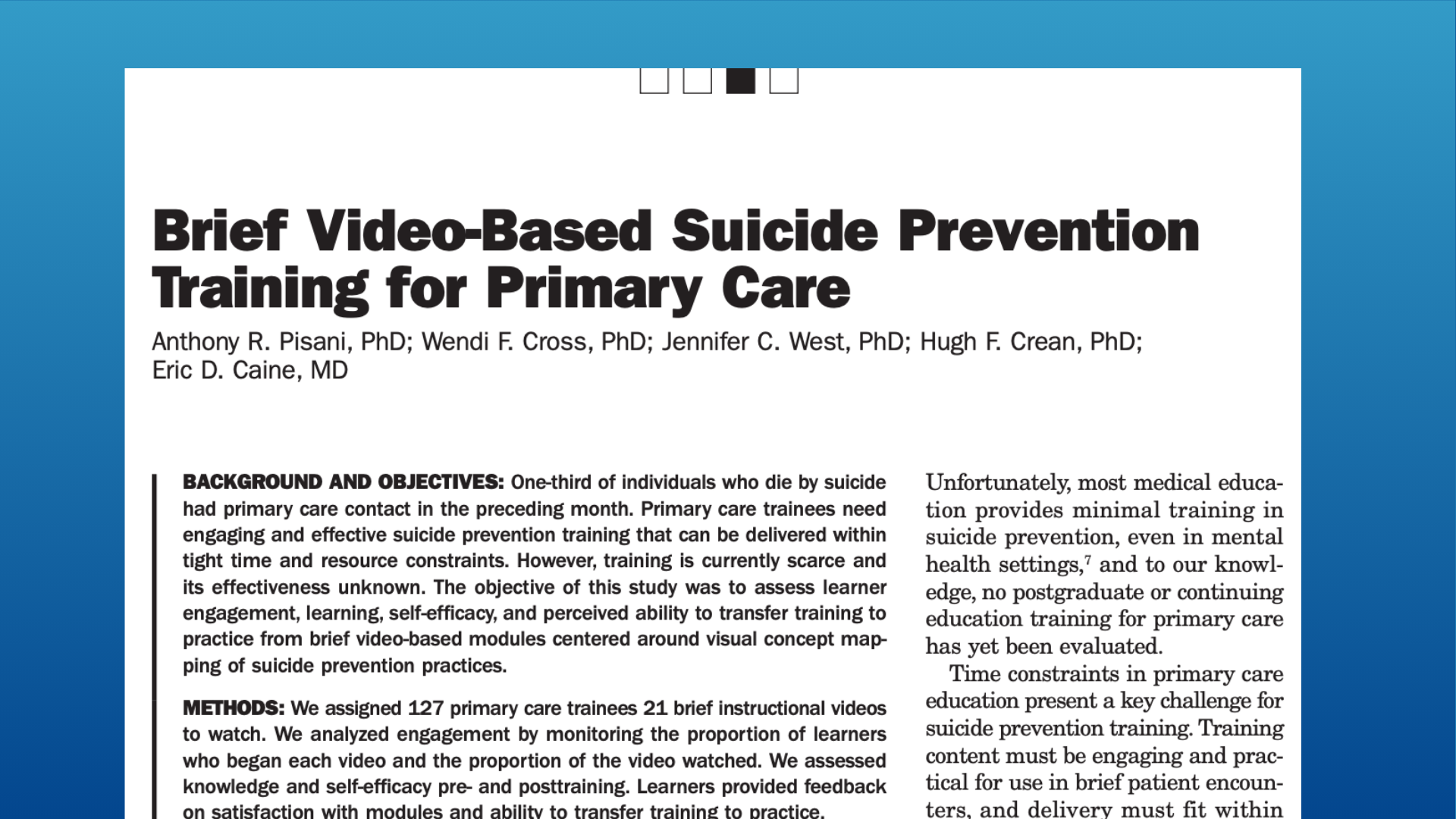
Person-centered approaches with SafeSide CARE
Engage, unite, and support your workforce, helping diverse populations to think, act, and communicate with a common set of principles and best practices. SafeSide CARE is a suicide prevention workforce education program for mental health, primary health, alcohol and other drugs (AOD), and youth services led by people with lived experience and clinical expertise.
SafeSide CARE is delivered through the InPlace® Learning model, which combines video-based teaching and demonstrations with group interaction. It fosters skill development in groups ranging from small teams to larger organizational units.
SafeSide CARE
SafeSide provides suicide prevention education for diverse workforces, bringing together both clinical and lived expertise. SafeSide CARE includes adaptations for Mental Health, Primary Health, Youth Services, and Alcohol and other Drugs, with the option to further customize content to suit your context.
Mental Health
Provides health and welfare practitioners with the skills to assess and manage suicide risk, including evidence-based strategies for connecting with clients, assessing their needs, and implementing interventions to save lives.
Primary Health
Builds the confidence and capability of health practitioners to connect with patients about suicide risk and use evidence-based skills to respond during a healthcare visit.
Youth Services
Tailored for professionals working exclusively with youth and families, our Youth Services adaptation applies suicide prevention strategies to the unique needs of young people in a wide range of settings.
Alcohol and Other Drugs
In our program for Alcohol and Other Drugs services, professionals learn how to integrate suicide prevention into care for individuals with co-occurring mental health and substance use issues while leveraging our framework to support recovery and resilience.
Benefits of Our Approach
Ongoing learning experiences provide teams with a shared, consistent, evidence-based approach to suicide prevention in care delivery and team collaboration.
Confidence in responding to suicide concerns
Increased confidence, consistency, and quality in asking about suicide concerns with the use of prevention-oriented risk formulation.
Continuous learning
Ongoing learning opportunities keep staff engaged, refreshed, and connected with SafeSide’s network of like-minded professionals who share a common mission.
Hopeful experiences
Patients and consumers benefit from recovery-oriented care. Lived experience voices share a resounding message that recovery is possible, leaving staff feeling more hopeful in their work.
Support for Your Workforce
Staff experience increased capacity to navigate crises and recover with improved morale and resilience.
Innovative Features of SafeSide CARE
InPlace® Learning Model
More than just a workshop, InPlace® Learning provides video-guided sessions, live events, an online Community of Practice and regular microlearnings. Together, these elements offer a sustainable approach to keeping staff trained and supported over the long term.
SafeSide Framework
The program provides a framework for prevention-oriented care through the four core tasks of Connect, Assess, Respond, and Extend, providing staff with a consistent repeatable approach they can confidently rely on.
Zero Suicide Culture
We champion a culture of empathy, support, and follow-through, aiming to equip staff with the tools to offer consistent, high-quality care.
Lived and Clinical Expertise
SafeSide’s educational program is co-led by expert clinicians and instructors with lived experience.
Evidence Based
The program and its adaptations are built on more than a decade of research, continuously updated to include the latest science, regulations, and suicide prevention practices.
The SafeSide Framework
SafeSide CARE is built around the SafeSide Framework, which aims to enhance suicide prevention across all settings. It’s more than a set of steps; it builds common language and consistent practices for your people, no matter their role in prevention.

Continuous Support and Ongoing Learning
SafeSide CARE extends beyond initial workshops with our interactive, video-led approach. With your subscription, you can join the community and access:
- Monthly Q&A Sessions: Interactive discussions with experts to enhance your practice.
- Online Community of Practice: A global network sharing insights and experiences.
- Up-to-date Resources: Regular updates with the latest tools, research, and strategies.
This support system ensures you are equipped with current knowledge and connected to a community that is committed to making a difference.
Evidence behind SafeSide
Dive into evidence showcasing how SafeSide CARE has impacted suicide prevention efforts across diverse settings.

Framework for Suicide Prevention: Overview and Evidence Summary

Evaluation of sustainable, blended learning workforce education for suicide prevention in youth services

Brief Video-Based Suicide Prevention Training for Primary Care
Frequently Asked Questions
Explore our FAQs for insights into SafeSide CARE
SafeSide CARE stands out due to its approach, integrating evidence-based practices with real-world applications across diverse professional settings. Our programs are uniquely designed to provide a consistent language and framework for suicide prevention, supported by ongoing learning opportunities and a community of practice.
Absolutely. While SafeSide CARE offers a foundational approach to suicide prevention applicable across various settings, we also work closely with organizations to tailor the training content, ensuring it aligns with your team's unique challenges and needs.
Subscribers gain access to our video-based training year-round, monthly Q&A sessions with experts, and various tools and refreshers. Additionally, our team provides ongoing updates to ensure your practices remain at the forefront of suicide prevention research and guidelines.
We continuously update our programs based on the latest research, evolving best practices, and feedback from our global community of practitioners. This ensures that your training is always aligned with current standards in suicide prevention.
SafeSide CARE is built on more than a decade of research and continuous program evaluation, demonstrating significant improvements in knowledge, confidence, and suicide prevention practices among participants. Our approach has been validated across various settings, reflecting its adaptability and impact. See more of our evidence for SafeSide.
Lived experience is at the heart of everything we do at SafeSide. Our organization was founded on the collaboration between clinical and lived expertise and our core belief in “better together”. Lived experience is embedded in everything we do, from co-designing content to implementation and ongoing learning.
